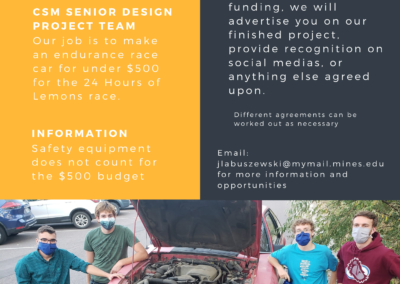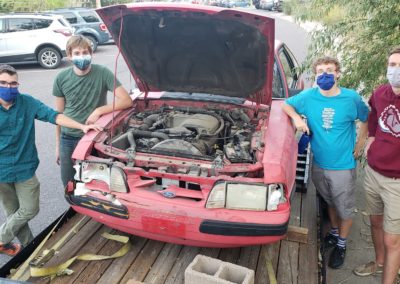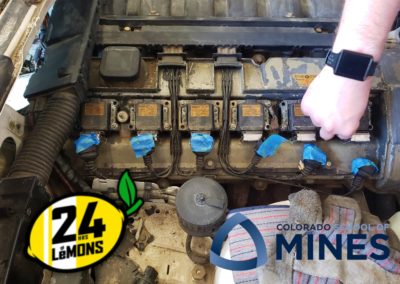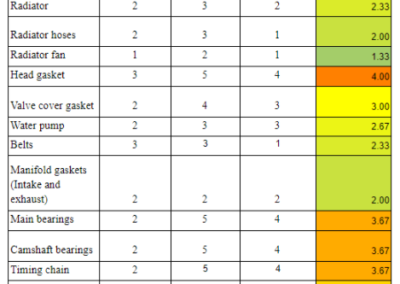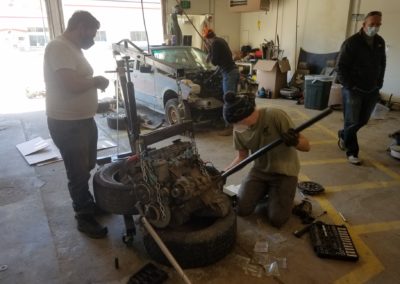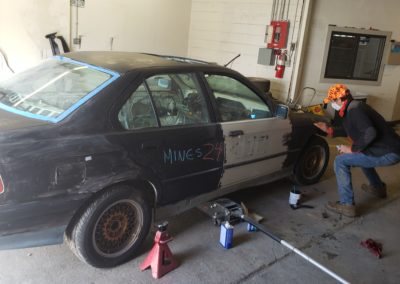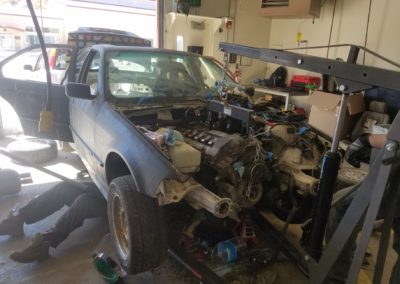When Life Gives You Lemons… Build a Racecar!
Overview
Project Overview
The 24 Hours of Lemons Senior Design Capstone Team has been tasked with modifying a car as a low-budget endurance race car to participate in the 24 Hours of Lemons race. This involves designing and building various safety and performance upgrades including a roll cage, seat and harness integration, fire suppression system, brake cooling system, engine improvements, and a kill switch, among other items. The total cost of the car without safety improvements must be kept under a $500 budget, per the race rules. The Mines Senior Design Team has been operating under a budget of $2500 for all purchases and design considerations, along with any additional funding raised by the team.
Throughout this project, the team has had the opportunity to learn about automotive system fundamentals, race car construction and safety, and vehicle handling and dynamics by designing, building and racing a low-budget endurance race car. Furthermore, the team has developed their skills in technical report writing skills, professional communication skills, and general teamwork skills useful when working in industry.
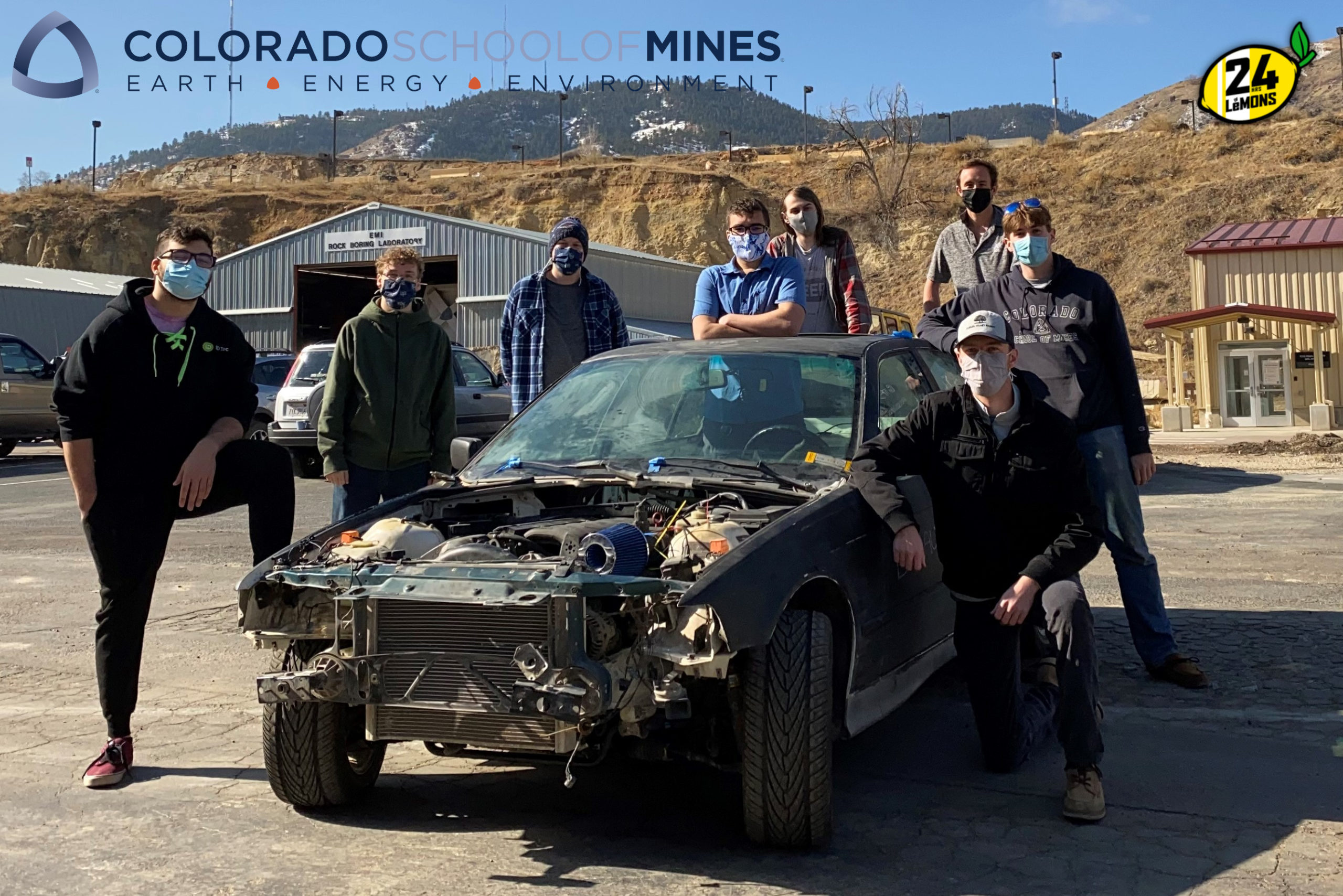
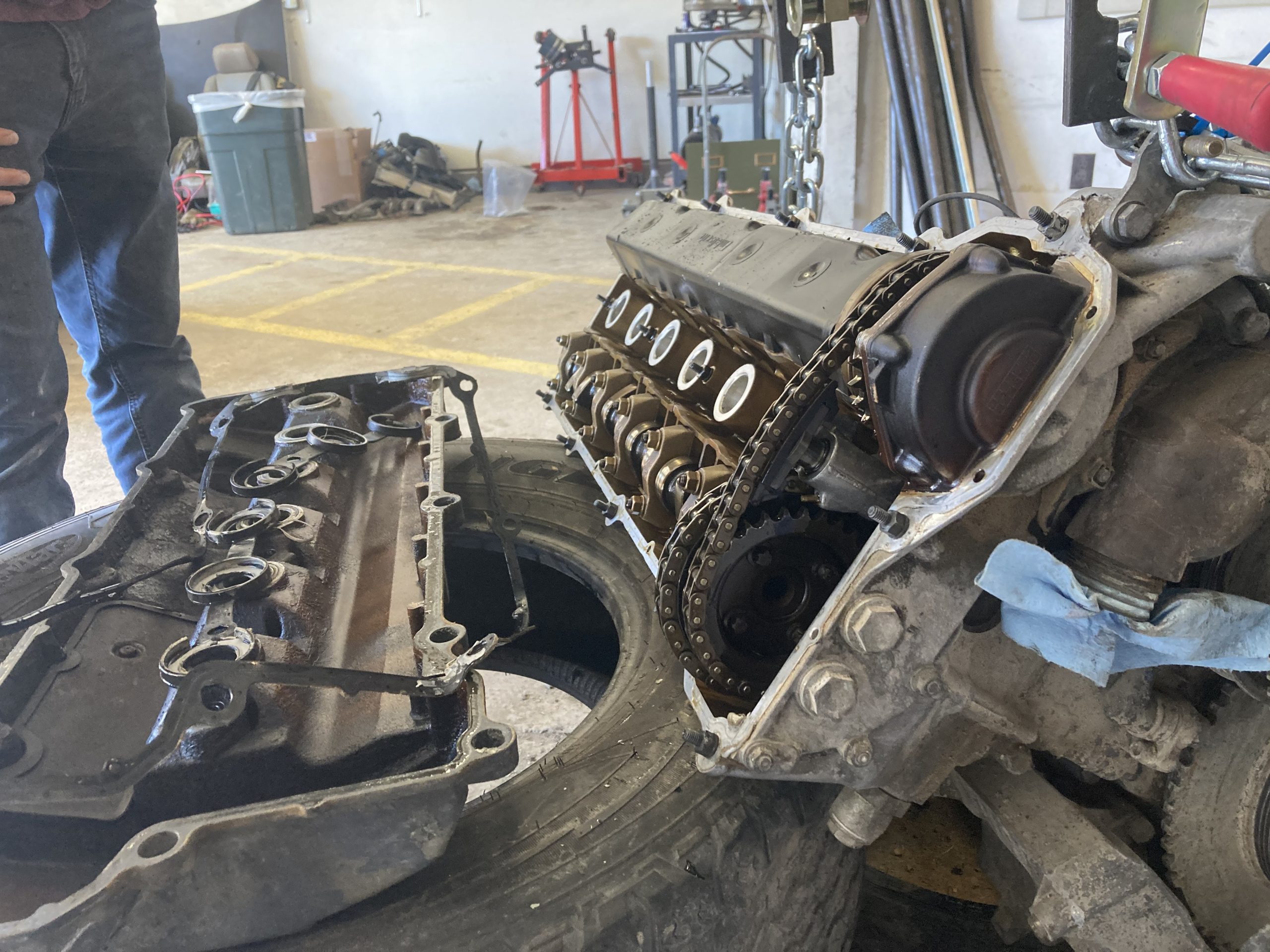
Live Zoom Chat
Use the link below to join us live from 8:00 – 10:30 a.m. on April 29th.
Topic: 24 Hours of Lemons Team – Virtual Design Showcase
Time: Apr 29, 2021 08:00 AM Mountain Time (US and Canada)
Join from PC, Mac, Linux, iOS or Android: https://mines.zoom.us/j/99621517649
Or Telephone:
Dial: +1 346 248 7799 (US Toll) or +1 669 900 6833 (US Toll)
Meeting ID: 996 2151 7649
International numbers available: https://mines.zoom.us/u/adIFHmMaEc
Team Members
- Samuel Hoffmann
- Cade Mayhak
- Christopher Burroughs
- Mathew Fryer
- Peter Hankins
- Alex Arnold
- Joe Labuszewski
- Dustin Gaddis
- Colin Endsley
The Client
- Brad Stolz
Acknowledgements
Client – Brad Stolz
Project Advisor – James Beseda
Car Donor – Chris Morrell
And to all who donated to our Gold Mine Fundraiser!
Video
Elevator Pitch
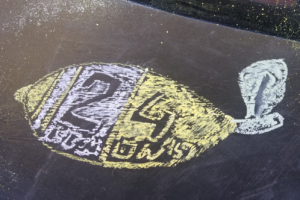 The 24 hours of Lemons endurance race is a spoof of the iconic 24 hours of Le Mans, which has been hosted annually in France since 1923. It is an endurance race where the car has to come in at under a 500$ budget. Our team has worked for the last eight months to prepare a 1993 BMW 325i to be an endurance race car. On the way, this required the fabrication of a tech inspection compliant roll cage, the installation of a kill switch to cut off all power to the entire car, and a fire suppression system among other things. The roll cage went through multiple stages of development from a Solidworks model to bending tube stock to weld into the car as a completed cage. The engine had to be removed and rebuilt to ensure it was fit to run at full tilt for 24 hours. Our performance team has designed a brake cooling system inspired by rally cars of the 80s and 90s.
The 24 hours of Lemons endurance race is a spoof of the iconic 24 hours of Le Mans, which has been hosted annually in France since 1923. It is an endurance race where the car has to come in at under a 500$ budget. Our team has worked for the last eight months to prepare a 1993 BMW 325i to be an endurance race car. On the way, this required the fabrication of a tech inspection compliant roll cage, the installation of a kill switch to cut off all power to the entire car, and a fire suppression system among other things. The roll cage went through multiple stages of development from a Solidworks model to bending tube stock to weld into the car as a completed cage. The engine had to be removed and rebuilt to ensure it was fit to run at full tilt for 24 hours. Our performance team has designed a brake cooling system inspired by rally cars of the 80s and 90s.
Design Approach
The 24 Hours of Lemons is a series of endurance races held on paved road race courses across the United States. The title is a parody of the long-running annual 24 Hours of Le Mans race and lemon cars. Teams compete for up to 24 hours in race-prepared cars that are confined by rules outlined by the race committee.
The 24 Hours of Lemons team has specific design requirements and constraints outlined by both the race committee and the client. Some highlights from the race regulations are as follows. First, the team must have a functioning, eligible car. The vehicle must have been legal to drive on the highway at the time it was manufactured and weigh less than 4200 lbs. 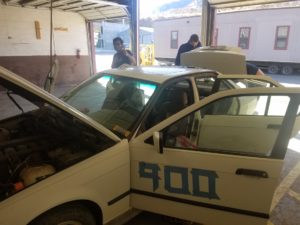
The vehicle and drivers must meet safety standards set forth by the race. Each vehicle must pass tech inspection as set forth in Article 3A of the race rules. Each vehicle must have a minimum wheelbase of 82 inches unless inspected and waived by the race. Crush structures must be intact on the vehicle and if modified, they must meet OE safety standards. The roll cage in each vehicle must be professionally built and well-engineered to meet the standards in section 3E of race rules. The racing seat also must properly protect the driver and a five-point minimum harness must secure the driver. Along with driver safety, fire suppression safety is regulated. The fire suppression system must be on board and SFI or FIA certified.
There are also regulations for the electrical and mechanical components of the car. Electrical and mechanical regulations are set in section 3G of the race rules. For the electrical components, a kill switch must be installed on the car and can be easily turned off by the belted driver. All “hot” electrical connections must also be insulated. For the mechanical components, all fuel systems must be OE certified. The fuel systems must be 24 gallons or less and fuel lines that are exposed or run by the driver must be insulated by heavy-duty conduit. A professional quality exhaust system is also required with a noise limit of 92 dB.
Our design approach was also impacted by some of the other awards that are awarded during the 24 Hours of Lemons race. Other than winning the race there are awards for the most creative car, awards for the car just being able to survive the race, as well as other miscellaneous awards that don’t involve winning the race.
For our creative design strategy, we designed and looked at multiple themes and overall designs which we could have used for our car. We chose a school/Mines-related theme by painting the car with chalkboard paint. Another system we designed was a unique brake cooling system in order to funnel air into the disk brake system. This will help keep the brakes of our car cool during the race.
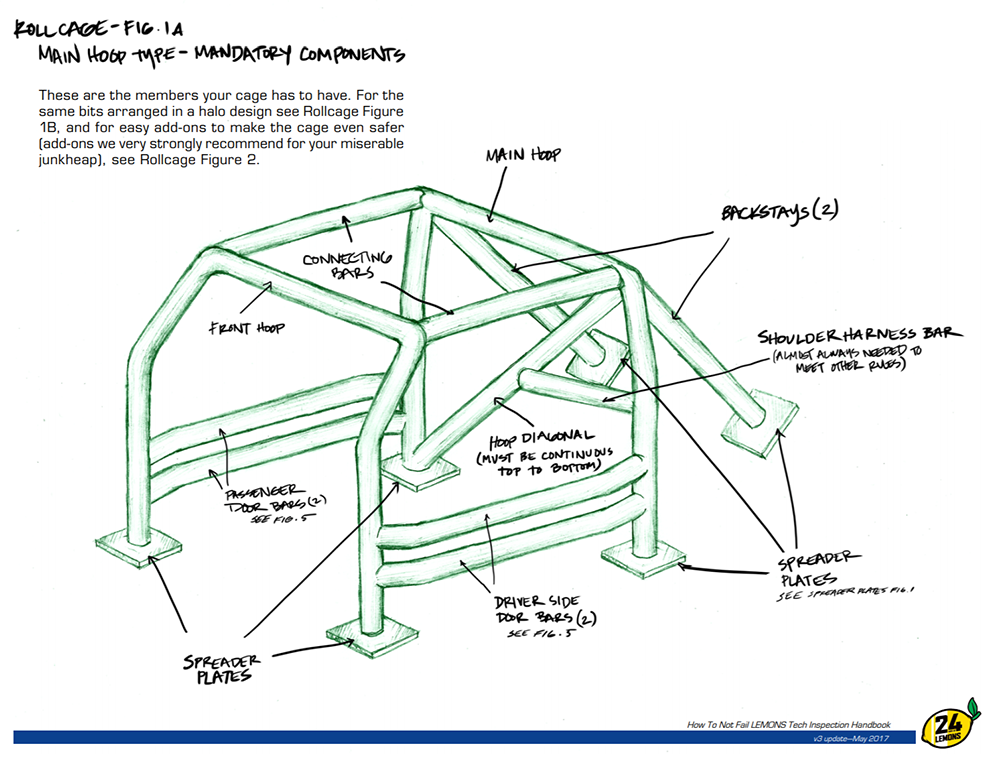
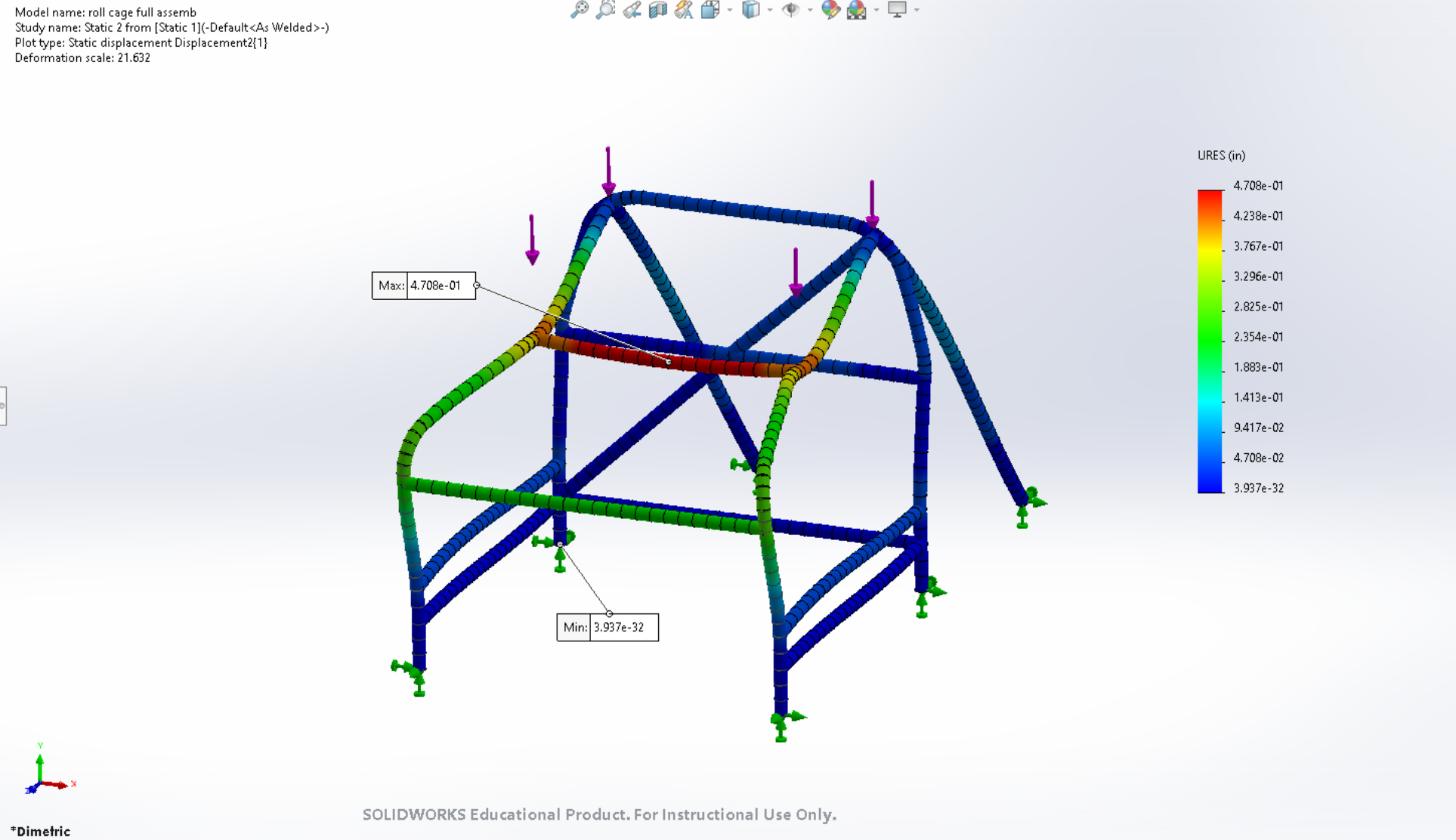
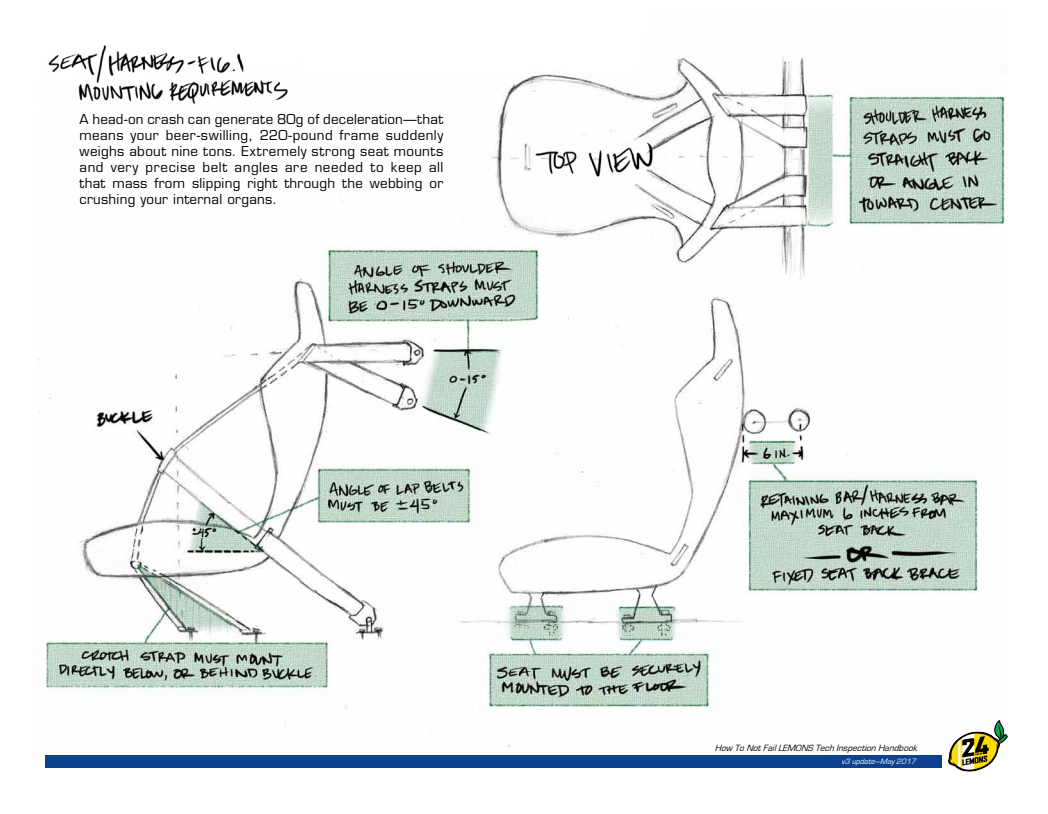
Design Solution
The team chose to focus primarily on endurance and actually finishing the race, rather than speed. The team has a few members who have experience with the 24 Hours of Lemons race, and the notable information gathered is less than half of those who actually start the race are actually able to finish. This allowed the team to focus primarily on safety considerations and robustness of the car while focusing on pure performance and speed last.
This endurance-based design has taken place over the course of two semesters with the installation of a roll cage, fire suppression system, brake cooling system, electrical insulation and kill switch, complete engine teardown, and the stripping of heavy and unnecessary components from the car. All of these are required by the 24-Hours of Lemons race rules as outlined in the “how not to fail tech inspection” document.
The team was broken up into subsystems: roll cage, performance, safety, and electrical. Each subsystem was tasked with implementing the required components of each grouping for the race. The roll cage team designed, simulated, and manufactured, and installed the roll cage for the car at the specifications of the race requirements. This team conducted heavy research and data collection to ensure the driver will be safe if the roll cage was needed for the race.
The performance subsystem worked on performance improvements for the car and fixing already problematic components of the car. The team designed and integrated a brake cooling system to funnel air towards the brakes and keep them cool during the race. The team also completed an engine teardown to replace and improve certain engine components.
The safety subsystem was in charge of designing and implementing all of the safety components of the car, not including the roll cage. The team designed and installed the racing seat and harness implementation, as well as the fire suppression system, brakes, and driver racing gear.
Finally, the electrical subsystem handled all of the electrical components of the car. The team worked with all electrical configurations to understand the electrical outline of the car and clean out unused wiring and electrical parts. The team also implemented an electrical kill switch to shut down the car in case of a racing emergency. The electrical kill switch should be able to be activated in the middle of the race at high speeds and completely turn off all power to the car immediately in case of any emergencies with the car.
Next Steps
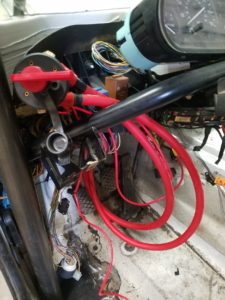 The upcoming challenges for our team will be to finish testing the racing capabilities of our car in controlled environments. One of these tests will be a mock pre-race inspection to be sure the car will pass the race inspection and be eligible to race. This will entail a detailed checklist that outlines each component of the rules for the race. Other tests include sensor testing, brake testing, and other performance/racing tests.
The upcoming challenges for our team will be to finish testing the racing capabilities of our car in controlled environments. One of these tests will be a mock pre-race inspection to be sure the car will pass the race inspection and be eligible to race. This will entail a detailed checklist that outlines each component of the rules for the race. Other tests include sensor testing, brake testing, and other performance/racing tests.
The team also needs to finalize organization and preparations for the race. The team will research and study general race strategy to help give maximum performance of the car during the race and determine a failure plan for parts that may fail during the race. The failure plan will include failure analysis of failure outcomes and weights, and how to solve those problems during the race.
The team will also continue to raise money for extra budget and race logistics, including selling unused car components.
Meet the Team
Samuel Hoffmann
 Samuel is graduating from Colorado School of Mines with a bachelor’s in Mechanical Engineering. He is passionate about cars, racing, and the great outdoors. Being a car enthusiast, he has participated in 24 Hours of Lemons in the past and is very excited to bring the team to the race.
Samuel is graduating from Colorado School of Mines with a bachelor’s in Mechanical Engineering. He is passionate about cars, racing, and the great outdoors. Being a car enthusiast, he has participated in 24 Hours of Lemons in the past and is very excited to bring the team to the race.
Cade Mayhak

Cade is a graduating senior with a BS in Mechanical engineering. He helped with the performance subsystem, designing brake cooling systems, and helping improve the performance of the engine. Outside of school, he likes spending time with friends and family, playing games, going on hikes, and doing fun projects involving cars.
Christopher Burroughs

Christopher is a graduating senior in Electrical Engineering with a minor in Computer Engineering. He is the other EE on the team and had the role of being the electrical lead for the team. He will be working with Joe at AMD in Fort Collins after graduation. In his spare time, Christopher enjoys skiing and playing tennis.
Mathew Fryer
 Matt is a graduating senior with a BS in Mechanical engineering. He worked on the roll cage for this project. He loves cars, bowling, shooting, video games, and making youtube videos. He’s very excited to be graduating this semester and looking forward to getting a job using his mechanical engineering skills to solve some real-world problems.
Matt is a graduating senior with a BS in Mechanical engineering. He worked on the roll cage for this project. He loves cars, bowling, shooting, video games, and making youtube videos. He’s very excited to be graduating this semester and looking forward to getting a job using his mechanical engineering skills to solve some real-world problems.
Peter Hankins
 Peter is graduating from CSM with a degree in mechanical engineering with a minor in explosives. He was part of the safety sub-system and was in charge of purchasing and ordering. Outside of school, he likes to swim and coach swimming. In his free time, he also likes to hike and explore nature.
Peter is graduating from CSM with a degree in mechanical engineering with a minor in explosives. He was part of the safety sub-system and was in charge of purchasing and ordering. Outside of school, he likes to swim and coach swimming. In his free time, he also likes to hike and explore nature.
Alex Arnold
 Alex is a graduating senior in Mechanical Engineering and is pursuing his MS in Mechanical Engineering next semester. He worked with the safety subsystem to design and integrate the safety components of the car as well as being the Scrum Master for the team. He loves to ski and play soccer when not busy with school and work.
Alex is a graduating senior in Mechanical Engineering and is pursuing his MS in Mechanical Engineering next semester. He worked with the safety subsystem to design and integrate the safety components of the car as well as being the Scrum Master for the team. He loves to ski and play soccer when not busy with school and work.
Joe Labuszewski
 Joe is graduating this May with a BS in Electrical Engineering and a minor in Computer engineering. He was one of the two EE’s on this team and took the role of Communications Lead over the course of this project. He enjoys solving Rubik’s cubes when he is not busy sending emails about budgets, and will be working at AMD in Fort Collins after graduation.
Joe is graduating this May with a BS in Electrical Engineering and a minor in Computer engineering. He was one of the two EE’s on this team and took the role of Communications Lead over the course of this project. He enjoys solving Rubik’s cubes when he is not busy sending emails about budgets, and will be working at AMD in Fort Collins after graduation.
Dustin Gaddis
 Dustin is graduating from CSM with his Bachelor’s in Mechanical Engineering. He was a 4-year collegiate basketball player for the Orediggers D2 men’s basketball team. Outside of school, Dustin enjoys watching and playing sports, the outdoors, geography, hanging with friends, and having a good time.
Dustin is graduating from CSM with his Bachelor’s in Mechanical Engineering. He was a 4-year collegiate basketball player for the Orediggers D2 men’s basketball team. Outside of school, Dustin enjoys watching and playing sports, the outdoors, geography, hanging with friends, and having a good time.
Colin Endsley
Colin Endsley will be receiving his BSME from Mines this summer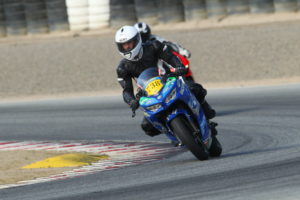 and has spent his last year at Mines diving into everything racing. A novice motorcycle racer and rookie Lemon’s idiot, he has a passion for the mashup between engineering and sport that race culture offers.
and has spent his last year at Mines diving into everything racing. A novice motorcycle racer and rookie Lemon’s idiot, he has a passion for the mashup between engineering and sport that race culture offers.


